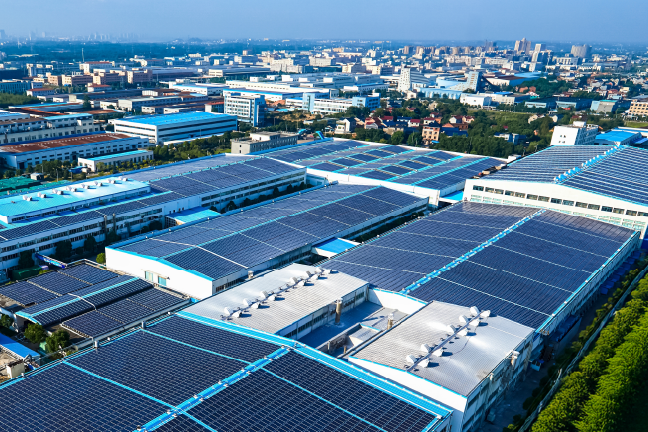Generation of sustainable electricity from solar energy.
Self-supply communities
Connecting business customers with renewable energy sources.

Shared energy for a shared future
Self-sufficient energy communities enable companies to efficiently use the electricity they generate across multiple locations in Slovenia. Within these communities, renewable energy production is directly connected to end consumers, allowing the transfer of locally produced energy even to sites where installing a solar power plant is not possible. This creates benefits for everyone – investors, property owners, and consumers who receive green energy while saving costs at the same time.
Demonstration of a self-sufficient community
Stable
savings
Community members pay less for energy received from the network, network charges, contributions and excise duties. They also reduce the costs of the agreed rated power, which entails concrete long-term savings on electricity costs.
Multiple locations, one community
Rooftops, parking lots, and other unused surfaces can be transformed into a network of clean energy sources. By integrating remote metering sites into a self-sufficient energy community, your company can achieve energy independence – even in locations where installing its own solar plant isn’t possible.
Flexibility
and growth
A self-sufficient energy community grows alongside your business. The system adapts to new sites, expanded capacities, and changing consumption patterns, continuously evolving to meet your needs.
Risk management
By producing its own electricity, your company reduces exposure to market fluctuations and unpredictable price changes. This ensures greater cost predictability, long-term supply stability, and a sustainable foundation for future growth.
Energy storage, consumption adjustment and backup during network outages.
Optimized operation for savings.
A strategic decision for your future.
Generation of sustainable electricity from solar energy.
Energy storage, consumption adjustment and backup during network outages.
Optimized operation for savings.
A strategic decision for your future.





